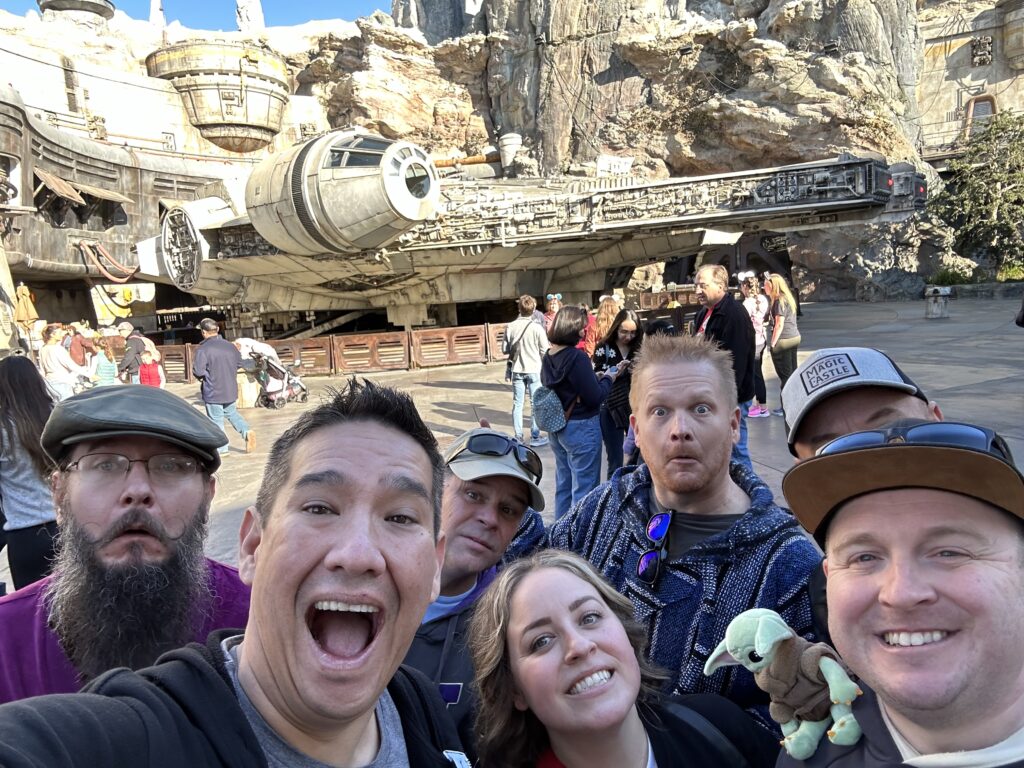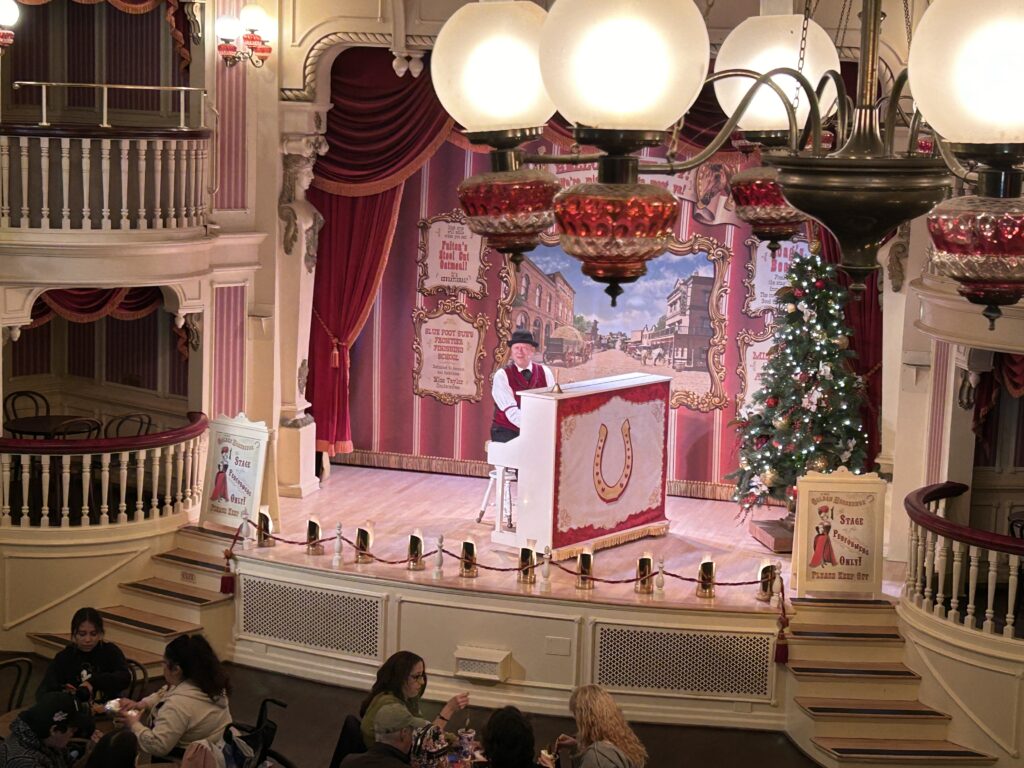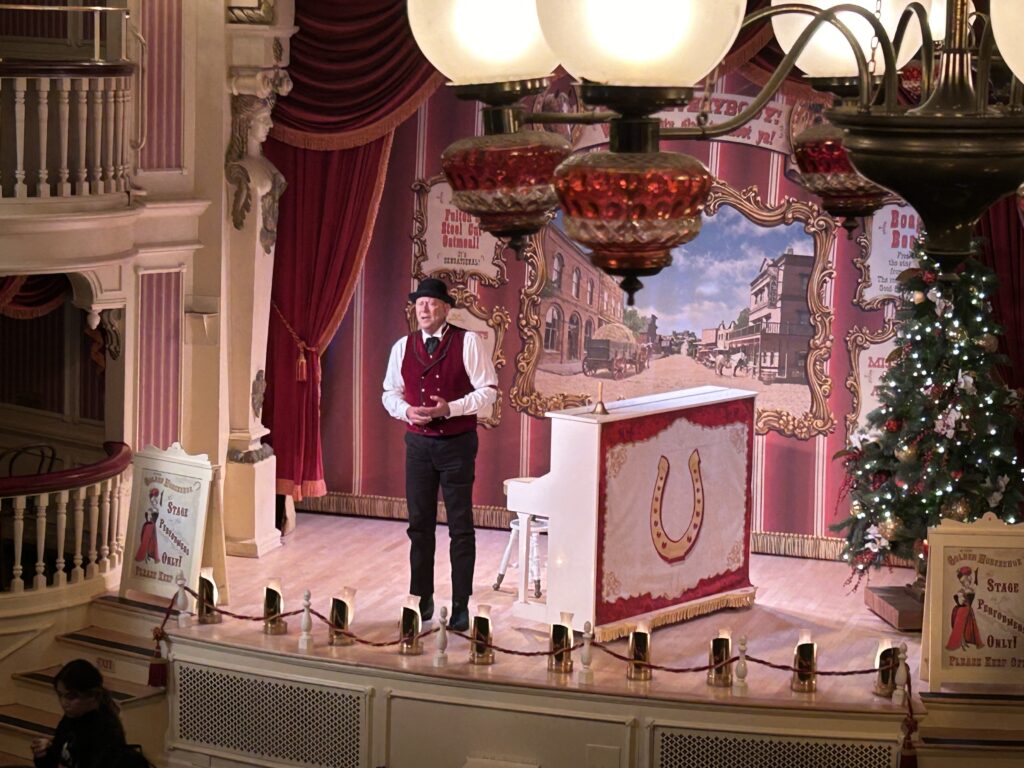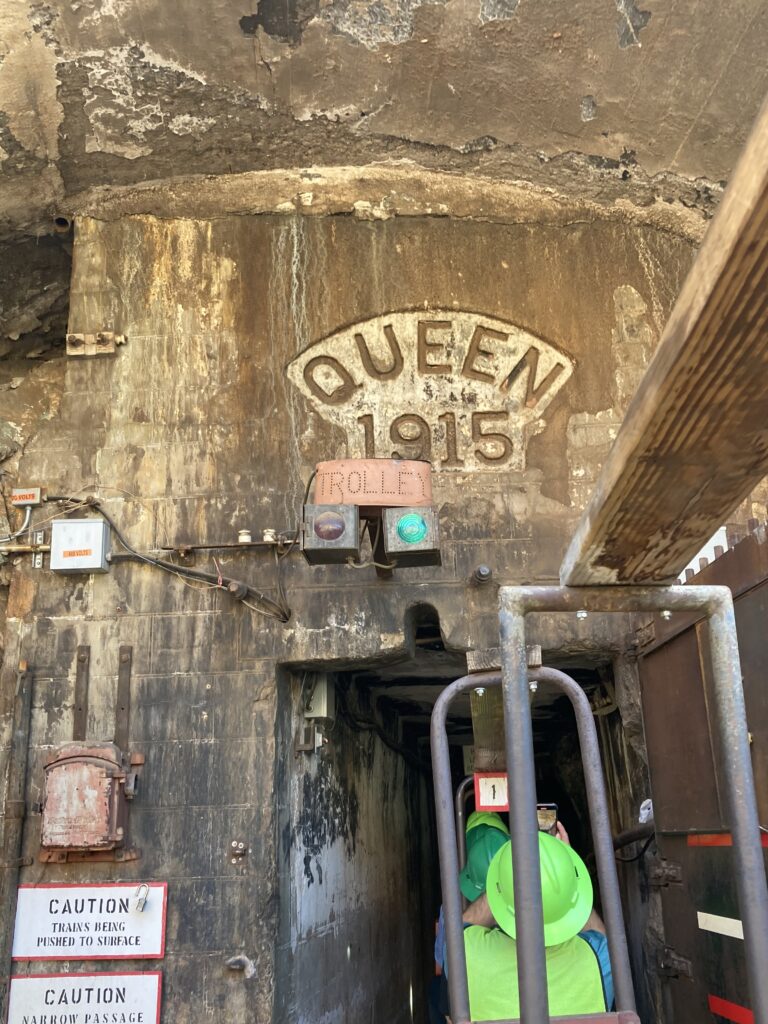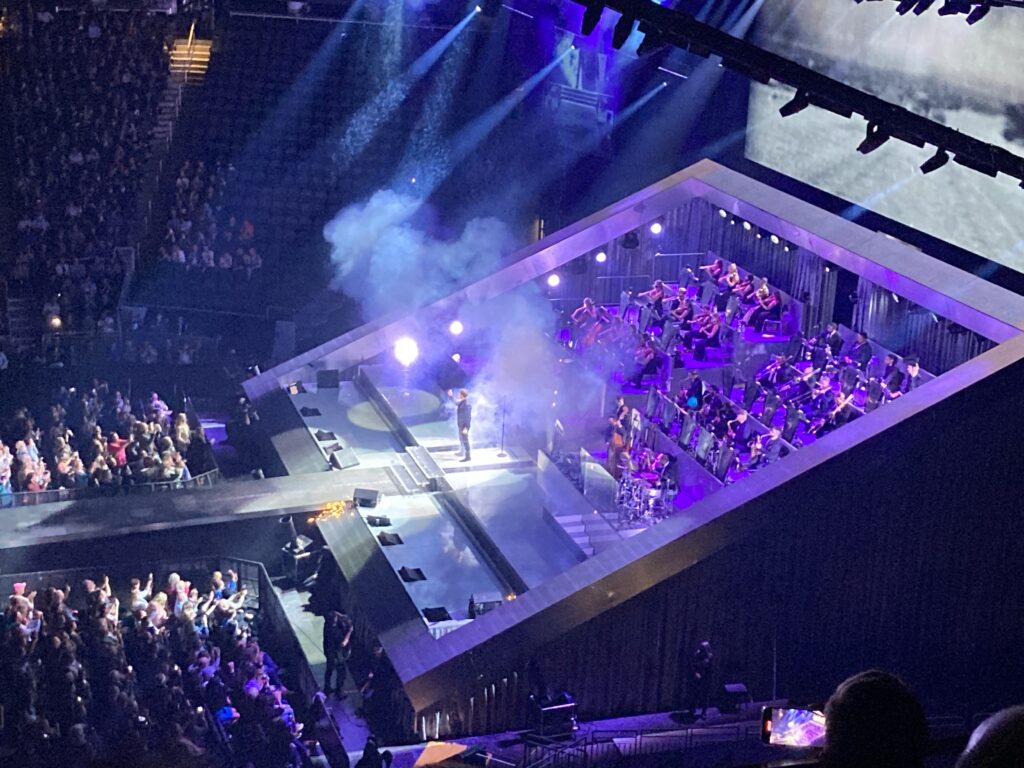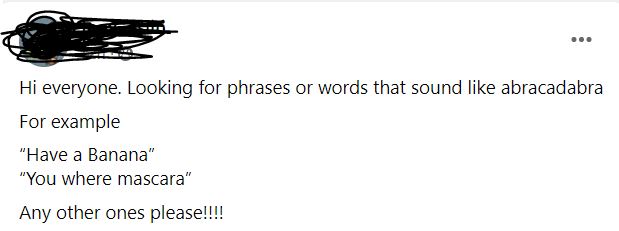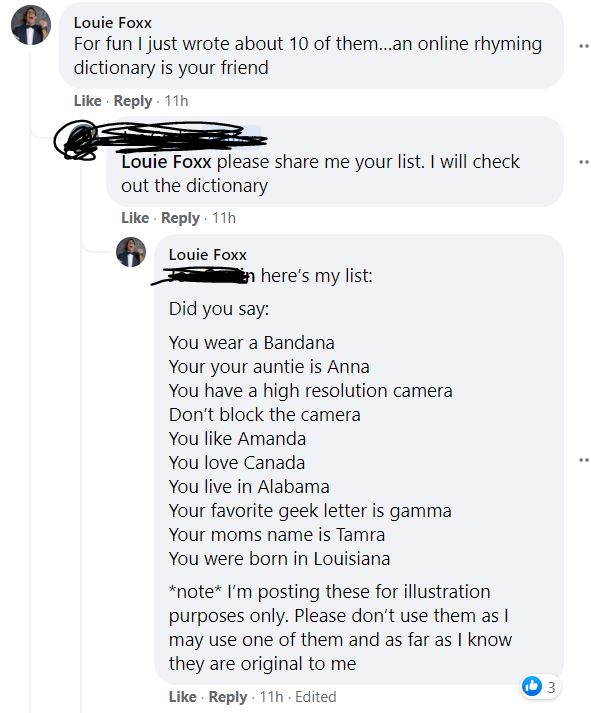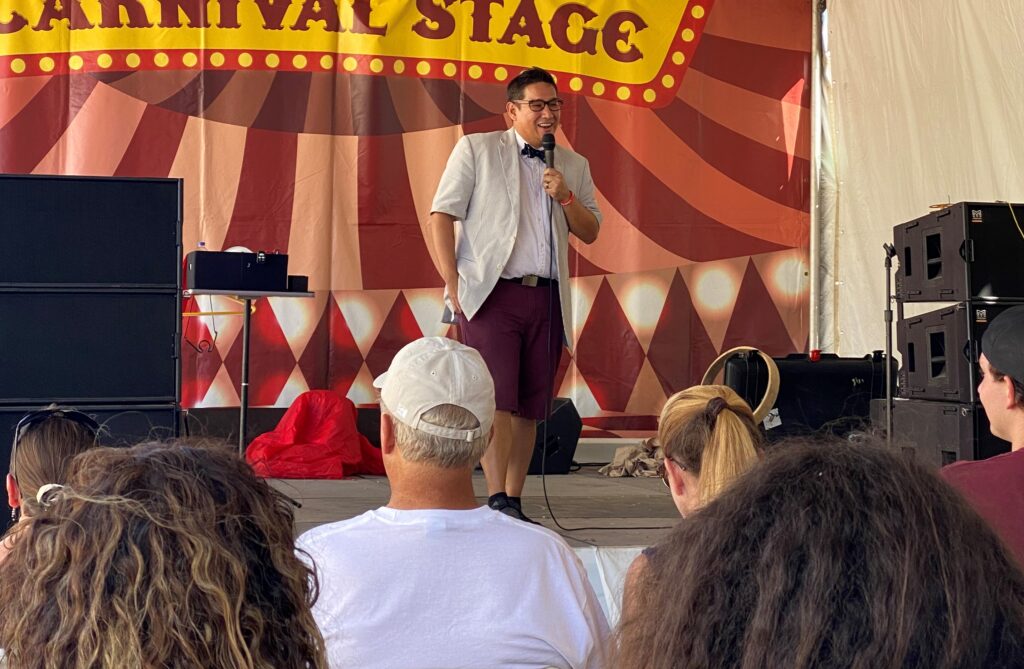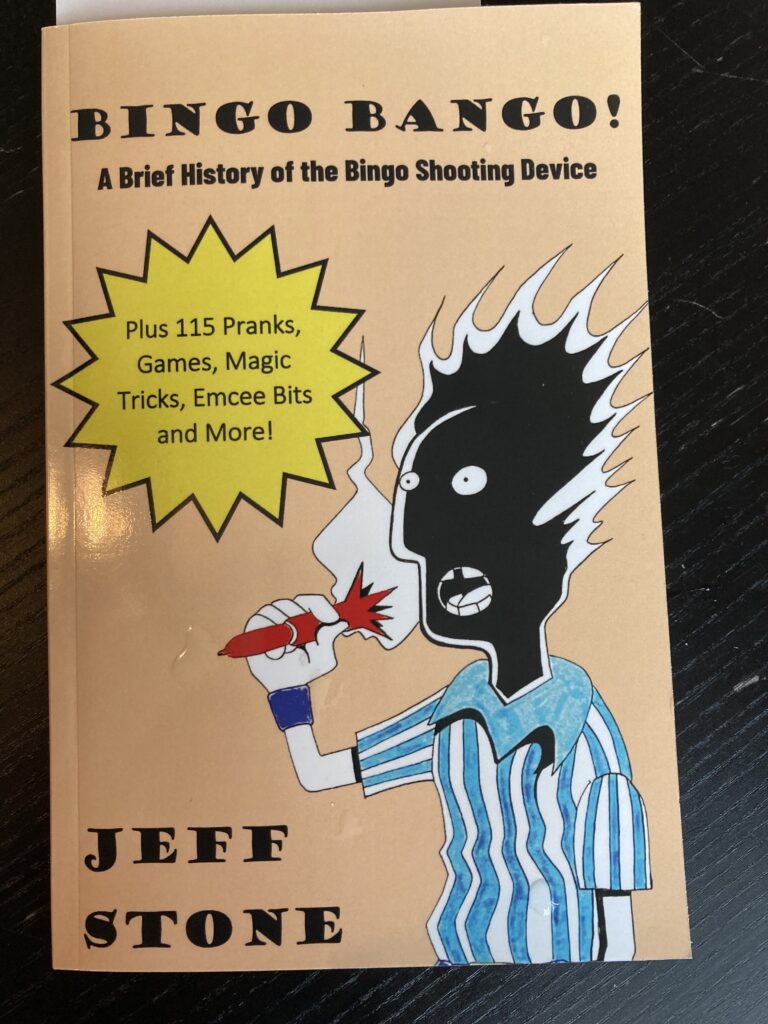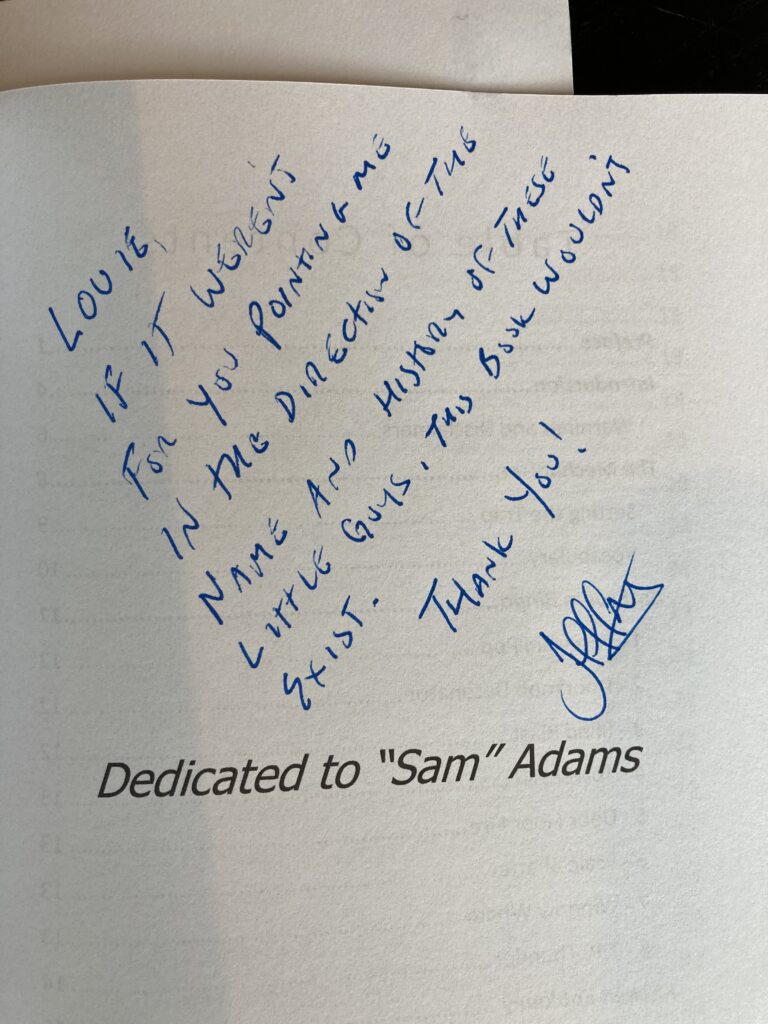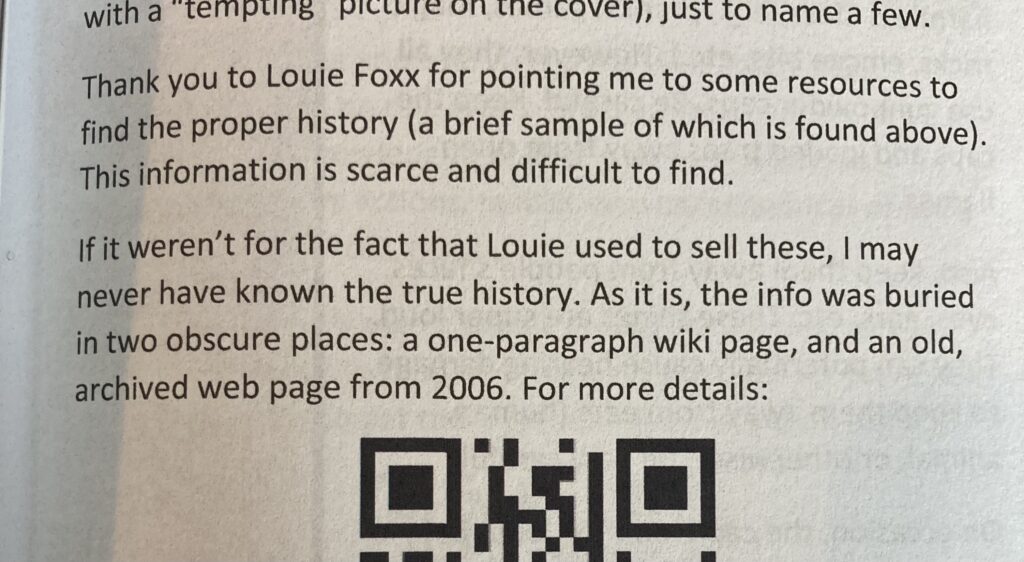I was browsing through reddit and came across a post with an picture of an old bread slicer:
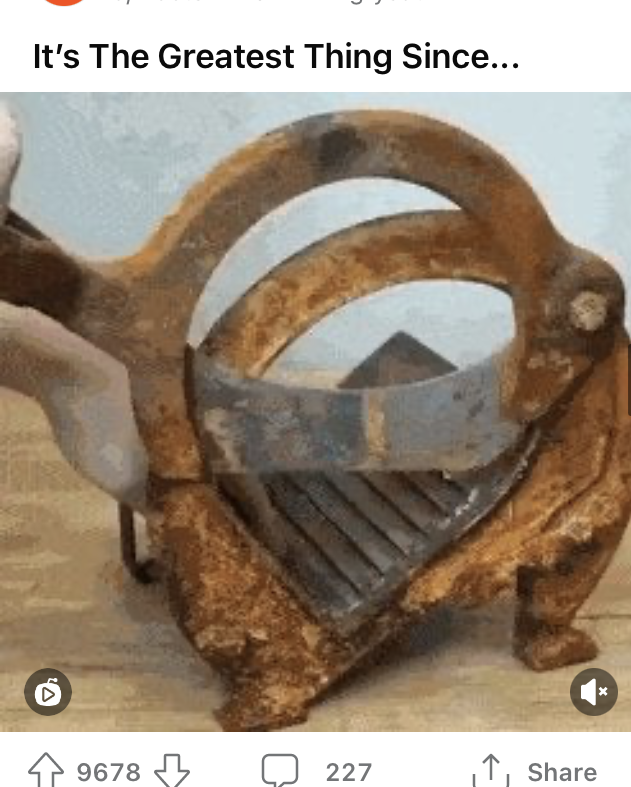
I immediately made a connection to a prop that I assumed was simply a strange magic prop. The bread slicer resembles Lester Lake’s Disceto that was put out by Abbott’s Magic!

A quick internet search shows that bread slicing machines were invented in the 1910’s and Disecto was put out in 1942. It’s entirely possibly that the Disecto was trying to mimic a common object.
Crazy.
It’s also interesting that if it’s supposed to be a bread slicer, that people still use a prop that mimics something that used to be something people were familiar with, but hasn’t been common in my lifetime.
This is why it’s important to look at our props or lines and take out things that people aren’t familiar with. A good example of this is when I hear a comedy magician use a line about someone’s picture in the post office. That’s something that really hasn’t existed in my lifetime. I’ve encountered it once in my life about 10 years ago in a small town. I do know the reference from Bugs Bunny cartoons, but those were made decades before I was born. Because of this I don’t find the “post office joke” funny or something I can relate to. Look at your show and remove old references whether they are verbal or physical objects.
-Louie

